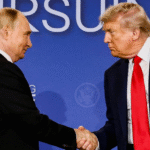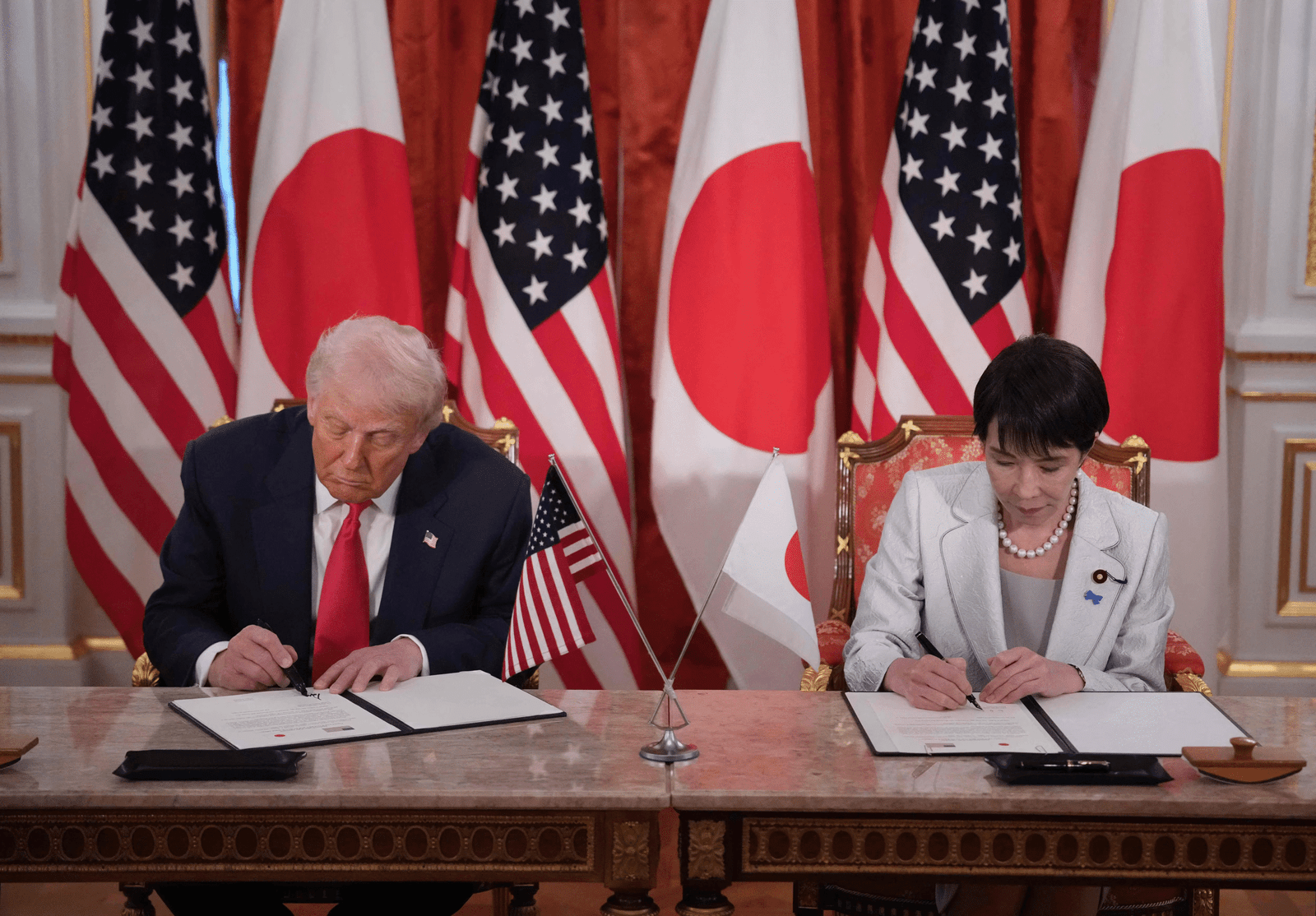The fall of Damascus to Syrian rebel forces marks a historic turning point in the nation’s prolonged civil war. Syrian President Bashar al-Assad, along with his family, has reportedly fled to Moscow, ending decades of autocratic rule. The swift collapse of Assad’s regime underscores the power shift in the region and the profound implications for its allies, Russia and Iran.
The rebel coalition, spearheaded by the Hayat Tahrir al-Sham (HTS), gained control after years of conflict that devastated cities and displaced millions. This significant victory has prompted celebrations among Syrians, with calls for free elections to shape the country’s future. However, the presence of HTS, a group with controversial ties, raises concerns over potential instability.
Russia, a staunch Assad ally, remains on high alert at its Syrian bases but avoided direct involvement in the power transition. The situation has captured global attention, with Western nations deliberating their response to the unfolding events. Stability in the war-torn nation will depend on the balance between competing domestic and international interests.
This development could reshape Syria’s alliances, with rebels seeking international recognition and relief from sanctions to rebuild the nation. However, concerns linger about potential reprisals and the imposition of strict religious rule under HTS leadership. The international community watches closely, aware of the stakes involved in managing this fragile transition.
Damascus’ liberation represents not only the end of an era but also a challenge for regional and global powers to navigate a new phase in Syria’s history











